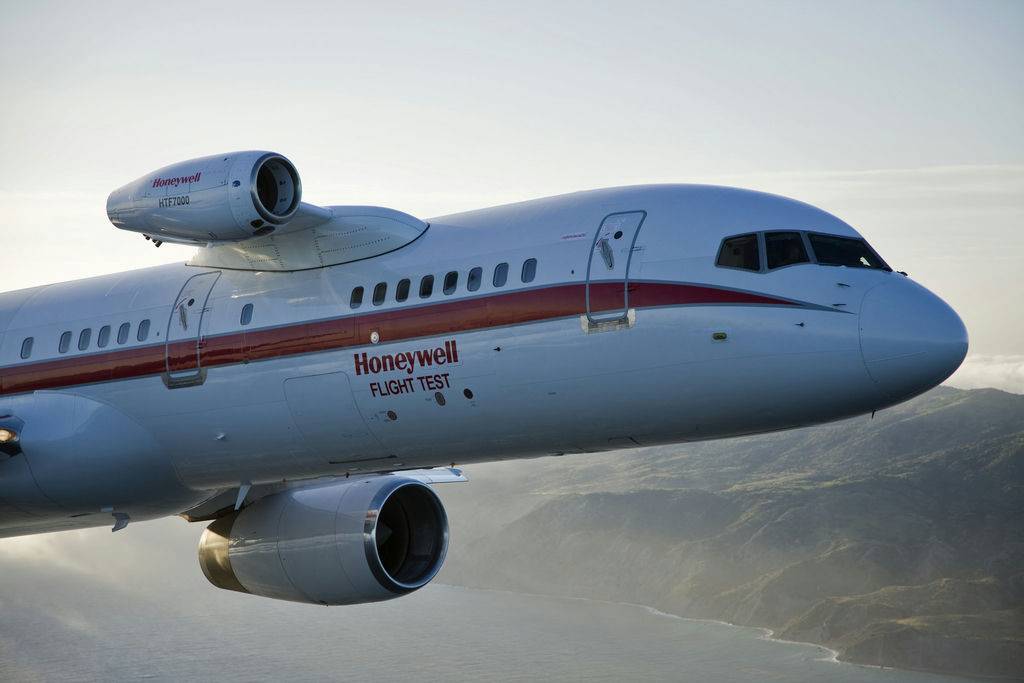Honeywell Aerospace, which has previously entered into 3D printing R&D contracts with Sigma Labs and 3D Systems, granted Sintavia approval following an 18-month qualification process.
Airborne parts for Honeywell Aerospace
The approval covers all programs within Honeywell Aerospace, meaning that Sintavia may now produce Honeywell parts for application in airlines, general aviation, spacecraft, and defence.
Such parts include gas turbine auxiliary power units (APUs), turboshaft engines, turbofan engines, and engine control valves, all of which contain extensive metal components and may now be 3D printed using Sintavia’s powder bed fusion process.
As seen in similar aerospace engineering projects such as GE’s 3D printed Black Hawk Turboshaft engine, additive manufacturing has enabled shorter lead times, greater customization, more complex geometries, less material waste and greater energy efficiency.
Sintavia’s hard work pays off
Sintavia received $15 million in equity financing in 2017 to be invested into an under-construction advanced manufacturing facility in Hollywood, Florida that specializes in metal additive manufacturing.
This will see the company expand upon its current portfolio of seven powder bed fusion 3D printers, which manufacture parts by focusing a laser on to a powder bed of Nickel, Titanium, or Aluminum alloys.
“We have been working with Honeywell for over 18 months as part of their rigorous supplier qualification,”
“We are grateful that all of our team’s hard work has paid off, and are looking forward to demonstrating the many benefits of additive manufacturing within Honeywell’s supply chain in the form of lower costs, shorter manufacturing times, and dramatic design improvements,” said Brian R. Neff, Sintavia’s Chairman and CEO.
The AM Chronicle Editorial Team is a collective of passionate individuals committed to delivering insightful, accurate and engaging stories to additive manufacturing audiences worldwide.



